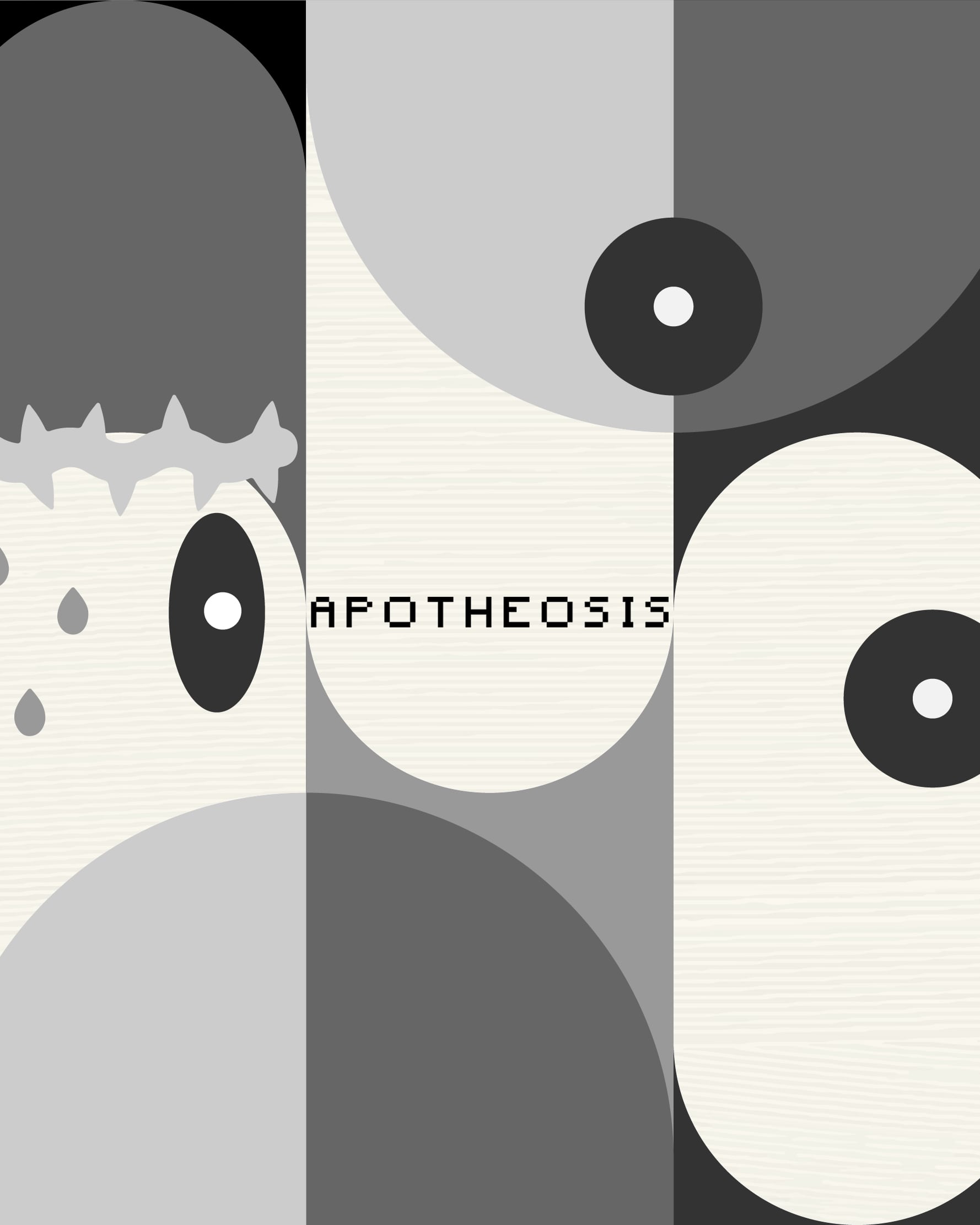Social Realism
Published January 20, 2021
SIGNIFICANT MOMENTS IN PHILIPPINE ART HISTORY: SOCIAL REALISM
Social Realism in the Philippines was an aesthetic and political art movement that emerged in the late 1970s amidst the country's conditions of martial rule, Imelda's grand cultural edifices, US Imperialism, the international student movement of the 1970s, and great socioeconomic disparity.
According to historian Alice Guillermo, "social realism in the visual arts grew out of the politicised Filipino consciousness’ shaped by the Philippine revolution against Spain in 1896 and the struggles against an authoritarian state in the 1970s"
Its proponents in the visual arts included Antipas Delotavo (cover photo, photo 1), Neil Doloricon (photo 2), Pablo Baen Santos (photo 3 and 4), Imelda Cajipe-Endaya (photo 5), Renato Habulan (photo 6), Bencab (photo 7), Egai Fernandez (photo 8), Jose Tence Ruiz (photo 9), and Nenelucio Alvarado (photo 10).
In general, these artists rejected nostalgic love for the past and an idealized view of tradition and history. Instead, they strove in their visual art to attain an understanding of the true state of the present or a reflection of the true conditions of Philippine society.
n the late 80s and the 1990s, the movement was revived by Grupong Salingpusa, a group of student artists from University of the Philippines known for their interaction mural painting. Its main figures were Elmer Borlongan (photo 11), Joy Mallari (photo 12), Karen Flores (photo 13), Manny Garibay (photo 14), and Mark Justiniani (photo 15).
It could be argued that the sentiments, aims, and even visual styles of Social Realism continue on today in the likes of Demetrio De La Cruz (photo 16), Alfredo Esquillo (photo 17), Archie Oclos (photo 18), Leslie de Chavez (photo 19), and Rodel Tapaya (photo 20).
Social Realism has had its share of criticism. As an art movement whose paintings, for instance, depicted suffering and poverty, it has been ultimately commodified into an art market unattainable by the masses and has instead become bankable to wealthy art collectors.
Sources:
Social Realism: Turns of a Term in the Philippines, Patrick Flores Social Realism in the Philippines, Alice Guillermo
















































